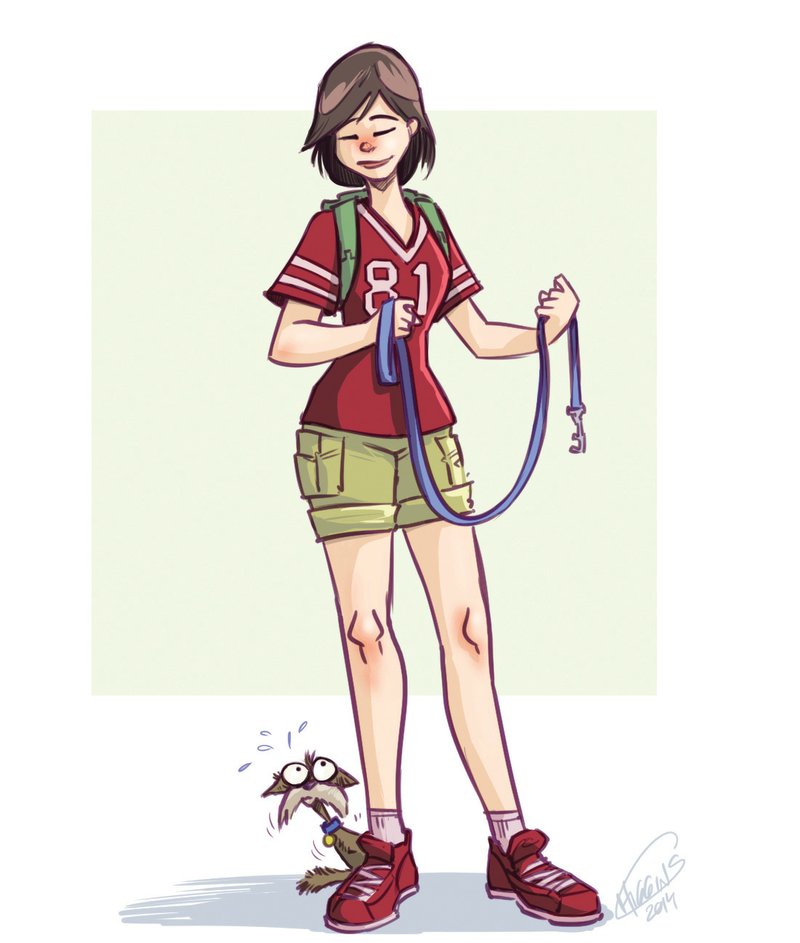Can you offer any tips/advice for leash training a very skittish small dog? He's a stray that we adopted about seven years ago. I don't think he was abused, but I feel he was never properly socialized. He's now to the point where I can actually hold and pet him and even bathe him. I recently placed a collar on him, which, to my surprise, didn't bother him at all. I would love for his next accomplishment to be successful leash training. With such a dog, I'm sure it will require baby steps. My biggest fear is scaring him so badly that he reverts back to the point of not wanting anything to do with me.
Baby steps are indeed the way to go when training dogs, particularly ones as skittish as yours. When their background is unknown, as is often the case with strays and rescued dogs, those baby steps can be so very small that change seems a long time coming -- with each accomplishment, big or small, cause for celebration.
Professional dog trainer Rachel Brix of Eureka Springs says to feel encouraged that your little guy accepted the collar so readily. While leash training is the next logical step, stick with the slow and easy pace that has proved successful so far. "The biggest mistake we make when working with dogs is that we want to proceed too quickly," Brix says.
She suggests you begin by conditioning the dog to merely having the leash near him before attempting to attach it to his collar. To do this, use positive conditioning that involves praise and some kind of reward, whether it's a food treat or play time with a favorite toy. When you're sitting with your dog, put the leash in your lap or place it next to him. Every time he reacts positively -- doesn't shy away or run from it -- give him praise and a reward. If you're using a food treat, make sure it's a high-value treat that he gets only during leash-training.
"Any time the leash is around, it should be the happiest, most joyous occasion ever," Brix says.
After the dog consistently reacts positively to having the leash nearby, clip it to his collar. If he doesn't pull away or act frightened, reward and praise him. But if he isn't happy with the leash being attached, just remove it and go back to step one before trying again at another time. "Take it really slowly. Don't push the dog on your schedule," Brix advises. "You have to work on a doggy schedule." Doggy time, as all owners learn, is vastly different from people time.
Once he accepts the leash clipped to his collar, try leaving it on for a short time -- that could be seconds, minutes or half an hour. Let him pull it around the house, monitoring him to make sure he doesn't get caught on something.
The next phase is to begin taking him for walks on the leash. Again, baby steps. Begin by walking him across a room, then progress to going from one room to another. Treat and praise him every time. If he appears anxious at any point, Brix says, it's OK to slow down the process and go back to the previous step or even the beginning. At no time should the dog be pushed beyond his comfort zone.
Over time, you'll be able to walk with him on the leash outside the house. Take short jaunts at first, perhaps to the end of the driveway or to the mailbox. Before you know it, your dog will be moving along in full adult-dog steps. Celebrate.
Family on 08/20/2014
